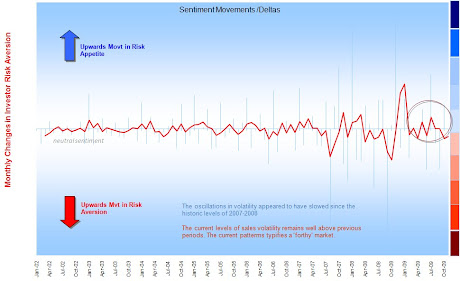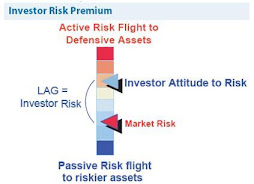Media influence in short is 'refer to the theories about the ways the mass media affect how their audiences think and behave. Mass media plays a crucial role in forming and reflecting public opinion, connecting the world to individuals and reproducing the self-image of society. Critiques in the early-to-mid twentieth century suggested that media weaken or delimit the individual's capacity to act autonomously' http://en.wikipedia.org/wiki/Media_influence
BUT why should we be conerned with media influence? - because we have become de-instituionalised 24/7 media/online culture. Media influence is becoming more pervasive as investors are empowered by the transition from advised to DIY investing and the large institutionalised (pension scheme) money is being devolved back to the individual as regulatory reforms grip.
The concept of tomorrow's investment market being some sort of hive of millions of individual thoughts, influenced by media and traded by dealers with ever advancing and accelerating trading systems is a shuddering one. Outcomes look set to become more uncertain, volatility swings more behavioural and past regressions even less indicative.




No comments:
Post a Comment
Note: only a member of this blog may post a comment.